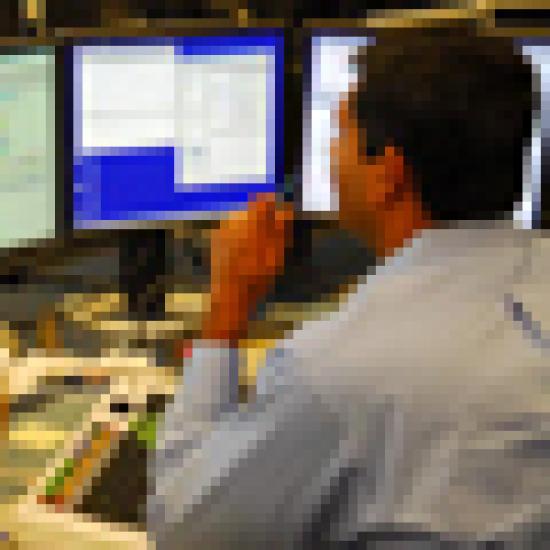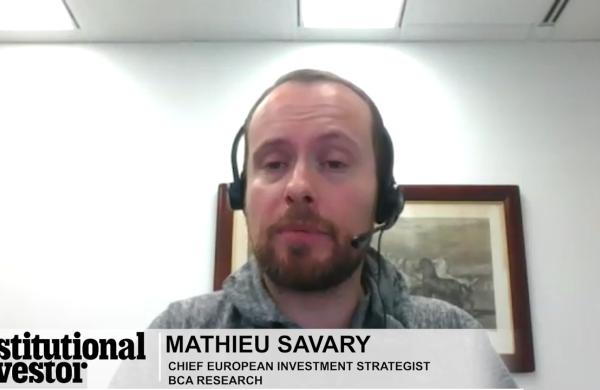The nearly 1,000-point drop in the Dow Jones Industrial Average during the two o’clock hour on Thursday, May 6, made stock market history. The aberration corrected itself, as market mechanisms at their best tend to do. Two trading days later, on Monday, the Dow recovered 400 points. But it’s what comes next that matters. As of Monday, the Securities and Exchange Commission and the major exchanges were getting down to figuring that out. And none too soon.
Students of market structure and, with increasing urgency, regulators had recently been raising alarms about the confluence of unbridled financial innovation with the latest in high-performance computing. Rocket science on Wall Street was hardly new, but it was beginning to accelerate too quickly for mere mortals to comprehend all the consequences. Witness the hair-trigger finger-pointing that followed the May 6 plunge: It must have been a fat-finger data-entry error. Not that? Then blame algorithmic trading programs, or dark pools, or the New York Stock Exchange’s flawed circuit breaker system.
In fact, nobody had a clue so early in the game. Now it appears that it was a market failure far more complicated than any single answer could explain. And that might be the most telling commentary. The system may have given the appearance of spiraling out of control, and may have temporarily lost its moorings. But the underlying problem was gaps in oversight, in part owing to the fragmentation of trading across many markets: Trading and execution functions on the whole were not subject to sufficient controls.
Hence the encouragingly rapid response by the SEC to call the major players together – NYSE and Nasdaq set aside their bickering of last week and joined BATS Exchange, Direct Edge, International Securities Exchange, Chicago Board Options Exchange and the Financial Industry Regulatory Authority – to agree in principle on a common framework “for strengthening circuit breakers and handling erroneous trades,” as the commission stated.
One could ask what took them so long. The complexity and interconnectedness of markets and the diffusion of trading from where it was historically concentrated on the Big Board have been evolving for more than a decade. In a late 2009 paper, Algos Gone Wild, Bernard Donefer, distinguished lecturer at the Zicklin School of Baruch College in New York, warned that electronic trading practices were leading inexorably toward systemic failures and needed to be supervised more closely, in part through standardization of order types and instantaneous trade-data reporting.
The current administration of the SEC, under chairman Mary Schapiro, has been trying to get a handle on such issues as high-frequency trading and direct exchange access. In April the SEC voted to propose a large-trader reporting system, designed to yield valuable information about and closer oversight of major market participants. But that was just the formal proposal; it remains open for public comments until June 22.
It took an emergency to spring into faster action. The bigger question, for now, might be, was that the worst that can happen? Or is it just the latest in a long build-up toward something more catastrophic? We can only hope that the policy response is not just a temporary or “last war” type of fix.
“Whatever triggered the event is somewhat irrelevant,” says Stefan Besterman, a consultant with LECG Smart who specializes in regulation, compliance and trading. It was a lesson in volatility, demonstrating how “algorithmic trading cascades on itself.” By the same token, he adds, many algorithmic systems and automated trading venues reacted correctly by retreating or shutting down. They kicked back in effectively as the market rebounded as well. Going forward, Besterman says, there will be a need for more controls and “sanity checks” on the front end of trades, which probably calls for even more computing horsepower. But, he adds, “you still need humans.”







